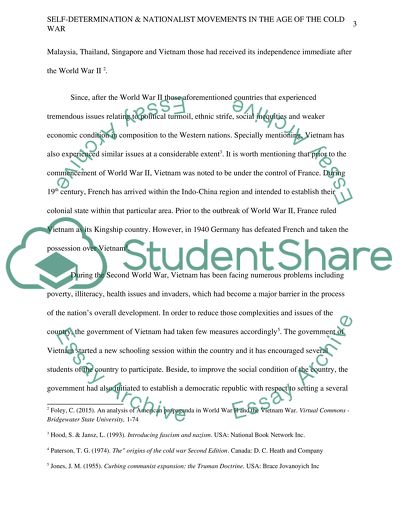Cite this document
(“Self-Determination & Nationalist Movements in the Age of the Cold War Essay”, n.d.)
Self-Determination & Nationalist Movements in the Age of the Cold War Essay. Retrieved from https://studentshare.org/history/1701299-self-determination-nationalist-movements-in-the-age-of-the-cold-war
Self-Determination & Nationalist Movements in the Age of the Cold War Essay. Retrieved from https://studentshare.org/history/1701299-self-determination-nationalist-movements-in-the-age-of-the-cold-war
(Self-Determination & Nationalist Movements in the Age of the Cold War Essay)
Self-Determination & Nationalist Movements in the Age of the Cold War Essay. https://studentshare.org/history/1701299-self-determination-nationalist-movements-in-the-age-of-the-cold-war.
Self-Determination & Nationalist Movements in the Age of the Cold War Essay. https://studentshare.org/history/1701299-self-determination-nationalist-movements-in-the-age-of-the-cold-war.
“Self-Determination & Nationalist Movements in the Age of the Cold War Essay”, n.d. https://studentshare.org/history/1701299-self-determination-nationalist-movements-in-the-age-of-the-cold-war.


